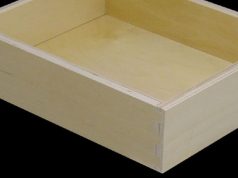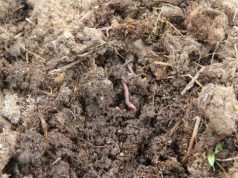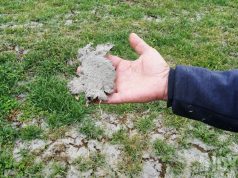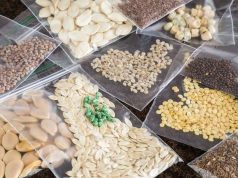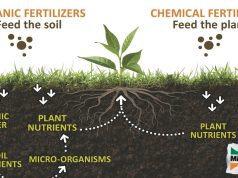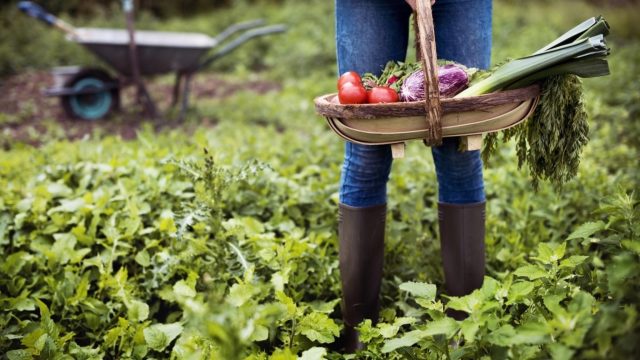
In recent years, small backyard vegetable gardens are witnessing a big growth. From urban homesteads to rooftop gardens, people are gaining control of their food supply by growing herbs and vegetables in patios, backyards, front yards, and anywhere else they can find a little space around their homes.
With creative gardening techniques and a few strategic choices, you can grow enough food, herbs, and vegetables, even in a small space, and make the most out of every inch of your backyard. You might even have enough produce to sell and generate income. Here are some ideas and tips to help you make the most out of your backyard vegetable garden.
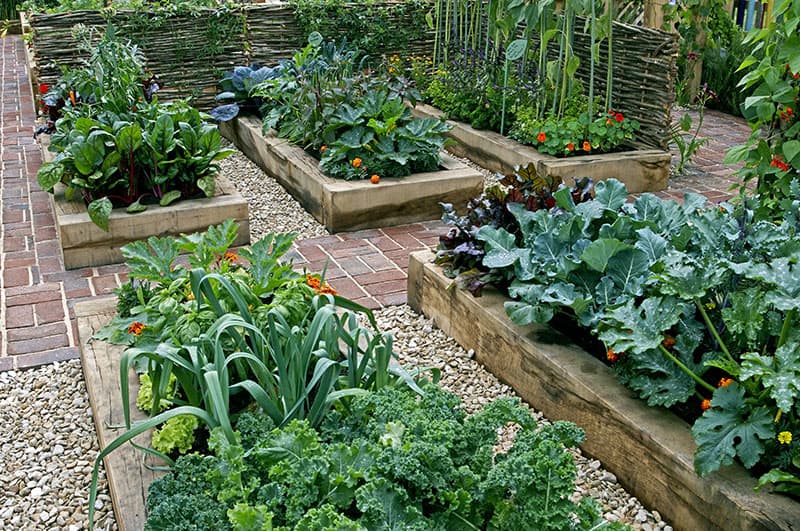
Grow food, not grass
Growing edible food, herbs and vegetables instead of grass is a great way to maximize your backyard vegetable garden. For more information check out this site. Apart from being eye candy, grass serves very little purpose. They deplete the garden of nutrients, requires constant mowing and a lot of water to maintain.
Instead of looking at your backyard as a means to serve you aesthetically, start looking at it as a means to serve you nutritionally. That will help open your backyard to a whole new world of gardening opportunities.
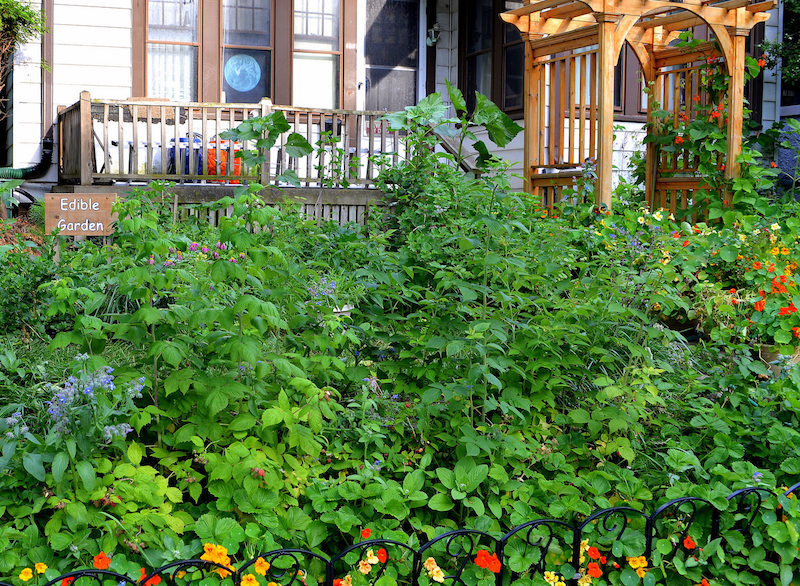
Grow plants that you can’t easily buy
The idea of growing anything you want all by yourself may sound interesting, but that may not be possible with your limited vegetable garden space. You can create a list that includes the plants you’d love to grow and eliminate the ones that you can easily buy in your locality.
Practice Staggered Planting
That means growing a plant, harvesting it, and then growing something else in its place or growing the same plant in different parts of your garden in succession at different periods. Farmers use this method of planting to maximize harvest and provide varieties of crops for a long season.
Succession planting (also known as staggered planting) works well, especially if you have a long growing season. However, you will still be able to grow crops in succession even in a very short season.
Pay attention to your soil fertility
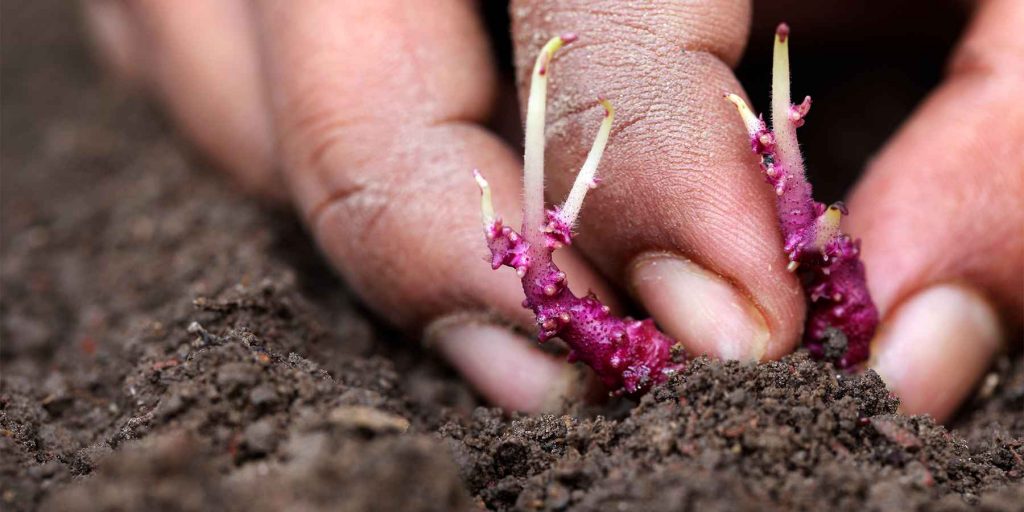
You need to pay extra attention to the nutritional needs of your plant and the fertility of your soil, especially if you’re growing plants in small spaces like garden boxes, containers and raised beds. That is because plants deplete the soil nutrients faster in small-scale gardening than in large-scale gardening.
Add top-dressed soil, organic compost, and regularly spray with compost tea. Also, you can practice crop rotation by planting different types of crops in the same spots every year. Remember, healthy soil promotes healthy crops that can resist diseases and pests, and healthy crops encourage better nutrition.
Choose vegetables and fruits that produce the best yield in a small space
Select plant varieties that allow you to maximize your space. For instance, if you have a 1sq ft of backyard garden space, you should not plant cauliflower, broccoli, cabbage, and the likes in such space. These plants take a space of 1sq ft per plant, and you’ll only receive one harvest from them.
Instead, go for plants that require small spaces and produces high yields even in small spaces, some of these plants include:

- Spinach
- Onions
- Garlic
- Carrots
- Greens
- Lettuce
- Radishes
- Vertically growing plants
Grow up
One surefire way to maximize your garden space is by growing out (growing plants vertically) instead of growing out. Growing plants vertically has several benefits which include:
- Ease of harvesting
- Creates privacy
- Saves space
- Creates a better visual impact
- Better pest management
- Increased yield
Growing up reduces fruit rot because the fruit is off the ground and leaf fungus due to the circulation of air through the plants, which reduces the buildup of moisture. You can also wet your plants at their root where water is needed instead of watering them from above, and this will help you save on water usage.
Don’t take spacing too seriously
You need to pay attention to your plant spacing and arrangement to get maximum yields from your backyard vegetable garden. While following the proper plant spacing on your seed packet is a good idea, it wouldn’t help you to maximize your yields.
Avoid planting in rows or square patterns. Instead, stagger your crops by growing them in triangular patterns, this will allow you to fit up to 14 percent more plants in your garden.
However, you should be careful to avoid spacing your plants too tightly as it can stress your plants and make them more susceptible to insect attacks and diseases. Also, some plants produce lower yields or won’t attain their full size and harvest weight when crowded.
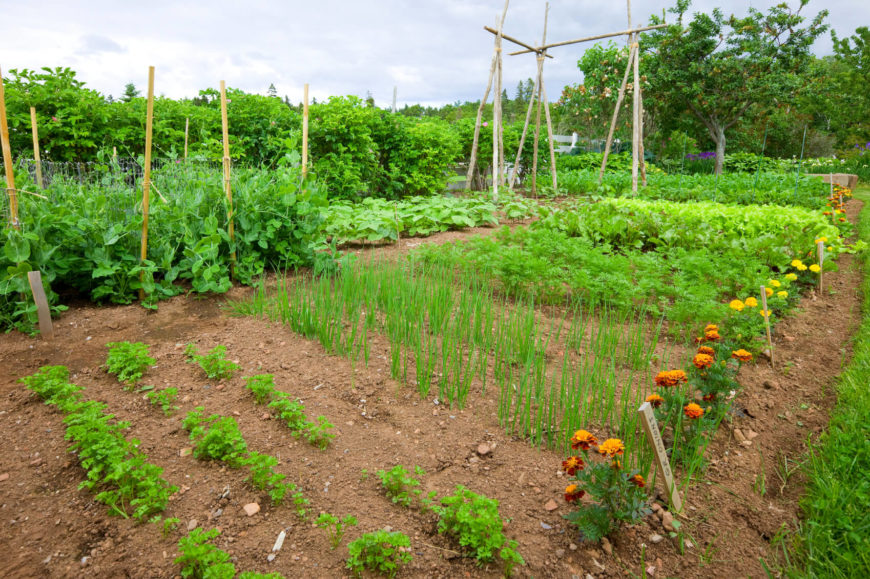
Practice companion planting
Some plants can hamper the growth of another, while others naturally grow well when planted together with other plants. Look for plants that have this beneficial relationship and plan your garden to make the most out of it. For example, you can grow lettuce under your tomatoes to act as a natural mulch around it while your tomato plant leaves provide shade for your lettuce to protect it from the hot summer sun.


